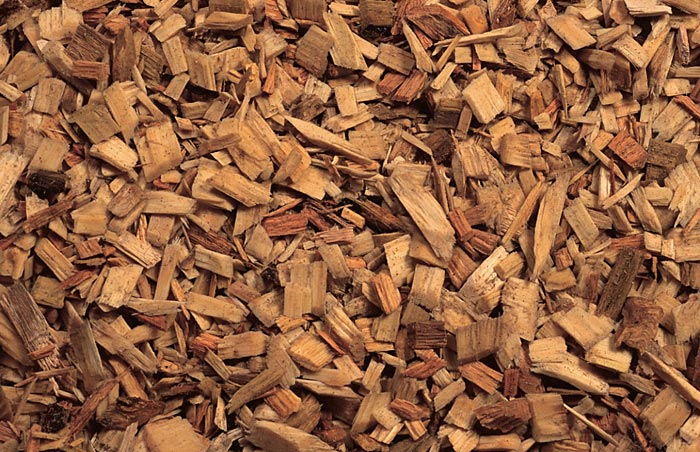State Licensed: #714671
Family Owned and Operated
Same Day and 24 Hour Emergency Service
Arborist Corner
Fungus and Diseases of Trees, Part 2
In Part 1 of Fungus and Diseases of Trees, Natural Arbor Care’s certified arborist listed some common problems that he sees in trees. Today he will discuss certain fungus and diseases that attack oaks in the fall and winter months.
This year has been a very dry winter season. These diseases often take hold during cold and rainy weather:
Hyproxylon Canker of Oak – This fungal canker attacks weakened trees through wounds and grows in the sapwood. The red-black oak group is more susceptible than the white oak group. Infected branches die back. Dead sunken patches of bark peel off exposing a silvery layer of fungus.
Oak Wilt – This disease spread is by root grafts, insects and occasionally squirrels. Leaves develop chlorotic (yellow) veins that eventually turn necrotic (brown and dead). Defoliation may be rapid. The tree canopy becomes thin and no new leaves emerge. Symptoms appear in spring or summer. Peeled bark or a cut branch from an infected tree may show a brown or black discoloration in the outer annual sapwood ring.
Sudden Oak Death – a type of water mold, Phytophthora ramorum, is the cause of Sudden Oak Death (SOD). This refers to the apparent rapid decline of the entire tree crown. The leaves often turn from a healthy green color to brown in only a few weeks. It may take several months or years for the mold to kill a tree. Three species of native California oaks (Quercus spp.) and a close relative of oaks, called tanoak or tanbark oak (Lithocarpus densiflorus), may be killed by the disease. To date, only oaks in the black or red oak group have been found to be susceptible to the disease, white oaks are currently not known to be hosts.
If you also find symptoms on several known hosts adjacent to dead and bleeding oaks, it is likely that infection is due to P. Ramorum. Before you try to remove a dead tree, please consult a professional tree removal company. Trees killed by this water mold have limbs that break or fall because the tree is rotting from the inside out. Care needs to be taken to safely remove the tree and avoid spreading the disease to healthy trees and shrubs.
Do your oak trees need help? Click or call us for a Free Consultation: San Jose (408) 654-9806, Peninsula (650) 477-8995, Bay Area (415) 515-9907.


 Get Certified Arborist Tips
Get Certified Arborist Tips
 Get Free Wood Chips
Get Free Wood Chips